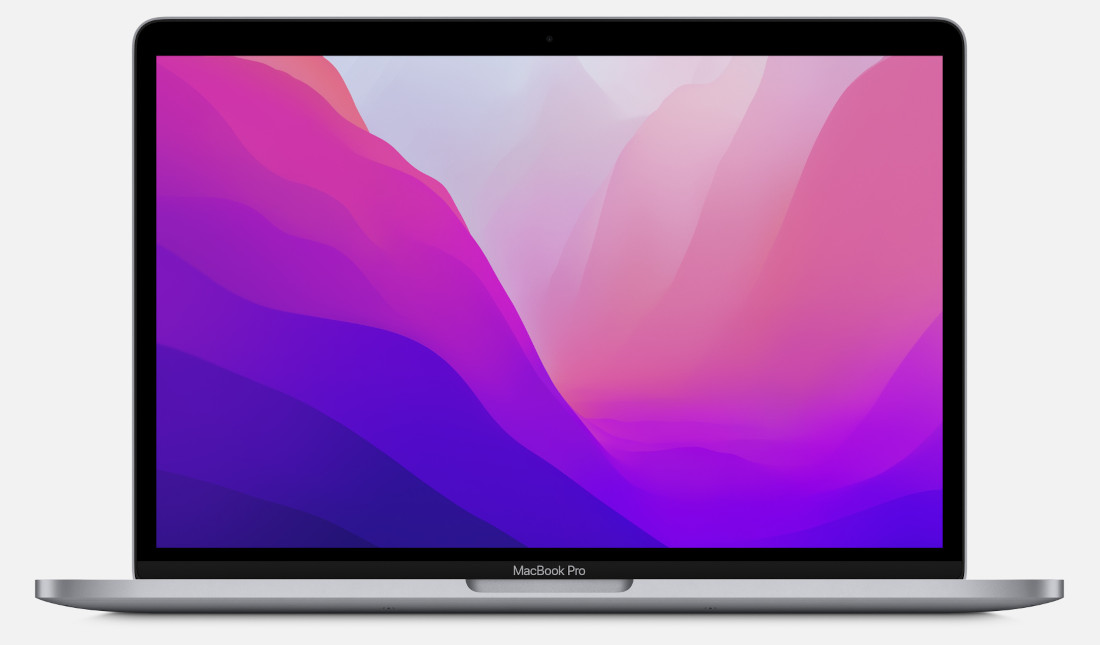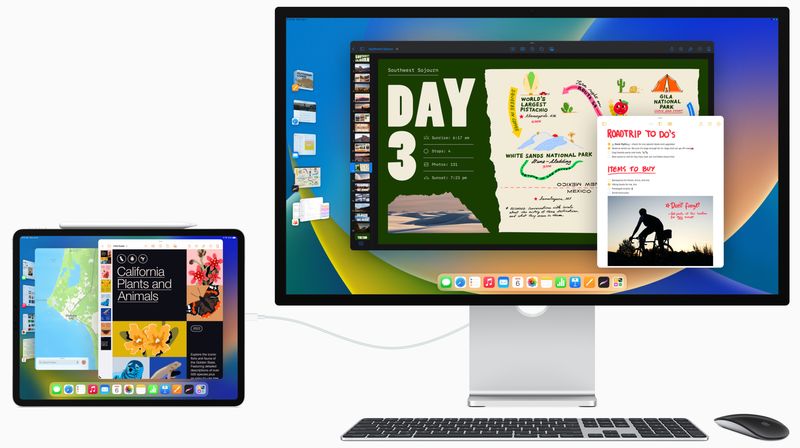
It is still anticipated that Apple will release a few M2 Macs between 2022 and 2023 after launching the M2 MacBook Pro and MacBook Air. Bloomberg’s Mark Gurman stated in his Power On newsletter that the firm has an internal goal to introduce the new M2 Pro as well as the M2 Max MacBook Pro as early as this fall.
He said that the 14-inch and 16-inch models are likely to get the M2 Pro and M2 Max processors, which are updated versions of the M1 Pro and M1 Max chips from last year. As Apple just updated this device with a makeover, extra ports, a MagSafe charger, a better display, and an enhanced webcam, he said that the general design and features of the devices are “likely to stay roughly the same.” The 14-inch and 16-inch MacBook Pros with the more powerful M2 CPUs are already under development, according to Gurman.
According to Gurman, the M2 Pro and M2 Max Macs will concentrate on the graphics side, which might be fantastic for professionals who need to carry out more demanding activities like video editing and coding, among other things.
The M1 chip also has some features that were exclusive to the M1 family’s higher-end CPUs, like improved 4K video encoding and decoding performance and compatibility for faster LP5 memory. According to benchmark results, the M2 chip in the MacBook Pro performs single-core operations 11.56% quicker than the M1 chip, and multicore operations 19.46% faster. Furthermore, he stated that the M2 Pro and M2 Max MacBook Pro releases could take place between fall 2022 and spring 2023.
Mark Gurman also expressed his thoughts on the most recent Apple Stage Manager functionality. There is still a demand for a genuine Mac-like interface despite Apple’s new Stage Manager iPad multitasking solution. Stage Manager, the most recent and major attempt, is included in iPadOS 16. The functionality is a whole new way to do more than one thing at once, unlike previous iPad or Mac options.
He also thinks that the Stage Manager is just another broken promise that would have given the iPad genuine multitasking, but won’t cut it for many consumers. Apple actually doesn’t have enough faith in the technology to make it the standard multitasking interface. Users must turn it on in the control center.

He continues by explaining how the stage manager operates as follows: The most recent open apps are displayed on the left side of the screen, and you can click through them to switch one of them into the foreground. A first for the iPad, you can drag across additional windows to work on multiple applications at the same time.
The present version of Stage Manager, however, in his opinion, falls short of the mark. This is why:
- The ability to jump to a main programme in the midst of the screen is unappealing. Command-Tab between full-screen applications is better.
- Some apps don’t operate well with Stage Manager or can’t be used at once. And that may not change. Many developers I’ve talked to don’t plan to upgrade their apps soon because the feature is optional and only on high-end iPads.
- The system moves windows around when dragged. Sometimes it mis-sizes windows. The Stage Manager hides window controls behind a menu. It also swaps the resize indicator corner.
In addition, he claims that Stage Manager’s external display mode, which allows using a second screen easily, is one of its benefits. That mode appeals to me and seems practical. Apple might have done better by extending Stage Manager to additional displays.
Bloomberg Journalist Mark Gurman stated that;
But the Stage Manager experience is convoluted and confusing. You get the sense that Apple was striving to do something new and different—a multitasking solution that was nothing like what exists on the Mac today. The company deserves kudos for trying to create a new interface, but the correct approach was much easier: simply using the existing macOS multitasking system.
